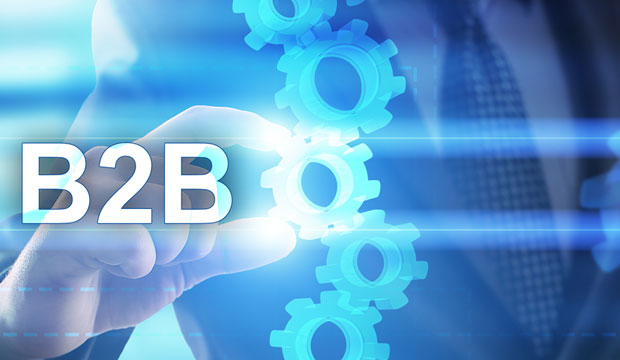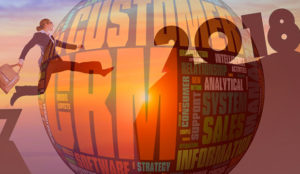The business-to-consumer shopper experience has undergone a seismic shift in the past few years, thanks in large part to new technology. Improved personalization enables consumers faced with a vast field of purchase options to select the brand that best meets their needs and desires.
Business-to-business buyers rarely enjoy the same rich buying experiences. While 90 percent of B2B leaders say customer experience is key to their companies’ strategic priorities, 72 percent have no direct influence over it. At the same time, only 20 percent of B2B companies can be described as “masters” of CX — those who prioritize consumers’ experiences and achieve strong financial results.
It’s time for B2B leaders to take a more active role in their companies’ CX decision making. The ability to deliver a modern, effective experience that meets buyers’ expectations has evolved into a key component of the B2B model. Executives need to step in and ensure that the right tools — including customer relationship management and configure, price, quote software — are in place.
While digital tools represent a big step forward, technology is just a bandage for companies with a larger customer experience problem. B2B leaders striving for true long-term change also must promote a cultural and operational sea change to realign the business as a customer-centric organization. The answers to several key questions will help guide B2B executives on that journey.
Culture Shift
How can an organization shift its culture to support transformation tech like CRM or CPQ?
Unlike most B2C companies, manufacturing businesses typically are led by engineers with strong science, technology and math backgrounds. Their experience and education allow B2B companies to produce superior products to solve specific problems. However, that type of background often makes it harder for them to focus on the customer experience side of the equation.
In our modern economy of choice, producing the best product no longer is a sufficient sales argument. B2B buyers want a seamless end-to-end experience, from a simplified sales discussion to an all-inclusive customer dashboard, to easy access to support.
B2B executives can help ease the transition to a modern mindset by showing their organizations that CRM and CPQ aren’t just sales tools — they help support the goals of every team member. Yes, sales teams utilize the analytics that result from CX software, but customer data also provides development teams with feedback that is crucial to shaping new solutions. It also allows maintenance departments to schedule and predict both preventive and recurring maintenance more accurately.
Shifting your B2B company’s culture to a customer centric and data-driven mindset helps team members realize that technology will enhance their roles, not hinder or replace them.
Data Silos
How can B2B organizations avoid data silos as they implement new technology?
Data silos are a widespread issue. Nearly all organizations engaged in some kind of computing struggle with them. In B2B organizations, users create a silo when they treat CRM and CPQ as specialized tools and apply them only to the sales side of the business.
While it can be smart to test new tech solutions in a small use case, such as the sales department, they eventually require broader adoption to achieve real results and affect your holistic CX.
Deploying CRM and CPQ organization-wide helps demonstrate the value of tech to stakeholders and potentially skeptical members of your organization. Data silos ultimately hinder your progress. If employees can point to negative effects of new tech, you’ll have a harder time gaining company-wide buy-in.
To help make your case, highlight the tools’ ability to sync up visualization, CAD automation and pricing mechanisms, thus keeping customers, engineers, manufacturers and sales teams on the same page. Every team member can recognize the value of this communication.
Customer Interactions
How does improving CX affect sales teams’ customer interactions?
Digitizing your B2B organization to bolster CX will have a trickle-down effect in your organization, improving the way sales representatives interact with customers face-to-face. The universal accessibility of information allows sellers to present buyers with a slate of product options and provide instant answers about current stock, customization and turnaround time.
The value added by arming your sales team with tools like CRM and CPQ goes far beyond the research customers can do on their own. It’s a critical part of maintaining seller relevance. Currently, less than a quarter (23 percent) of B2B buyers name vendor salespeople as a top-three resource for solving business problems. CRM and CPQ increase seller relevancy by placing the solution in sellers’ hands.
When B2B leadership becomes involved in the CX improvement process, it empowers the entire team to think big. Mid-level managers tend to be a risk-averse group, but when the C-suite leads by example and sets the tone, they understand that ideas and change are not only necessary, but also welcomed with open arms.
When your B2B organization is unified on strategy and goals, the positive effects will be reflected in your customer experience.















































